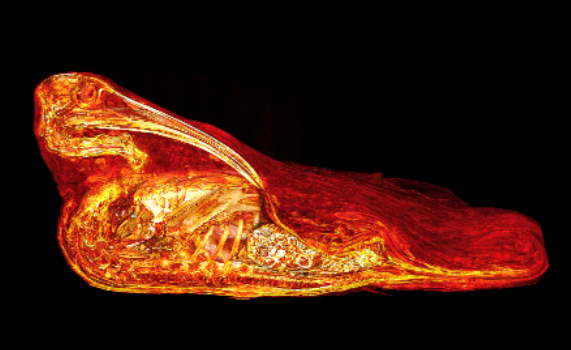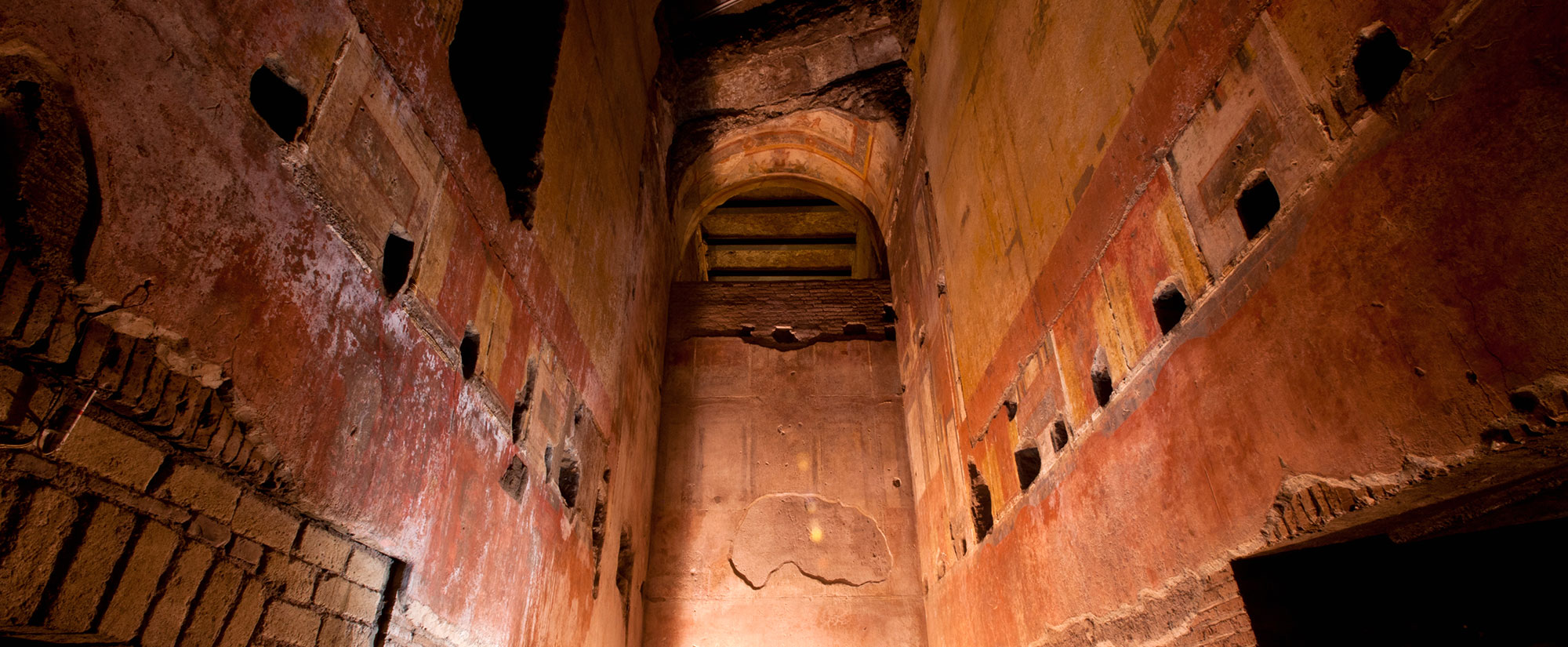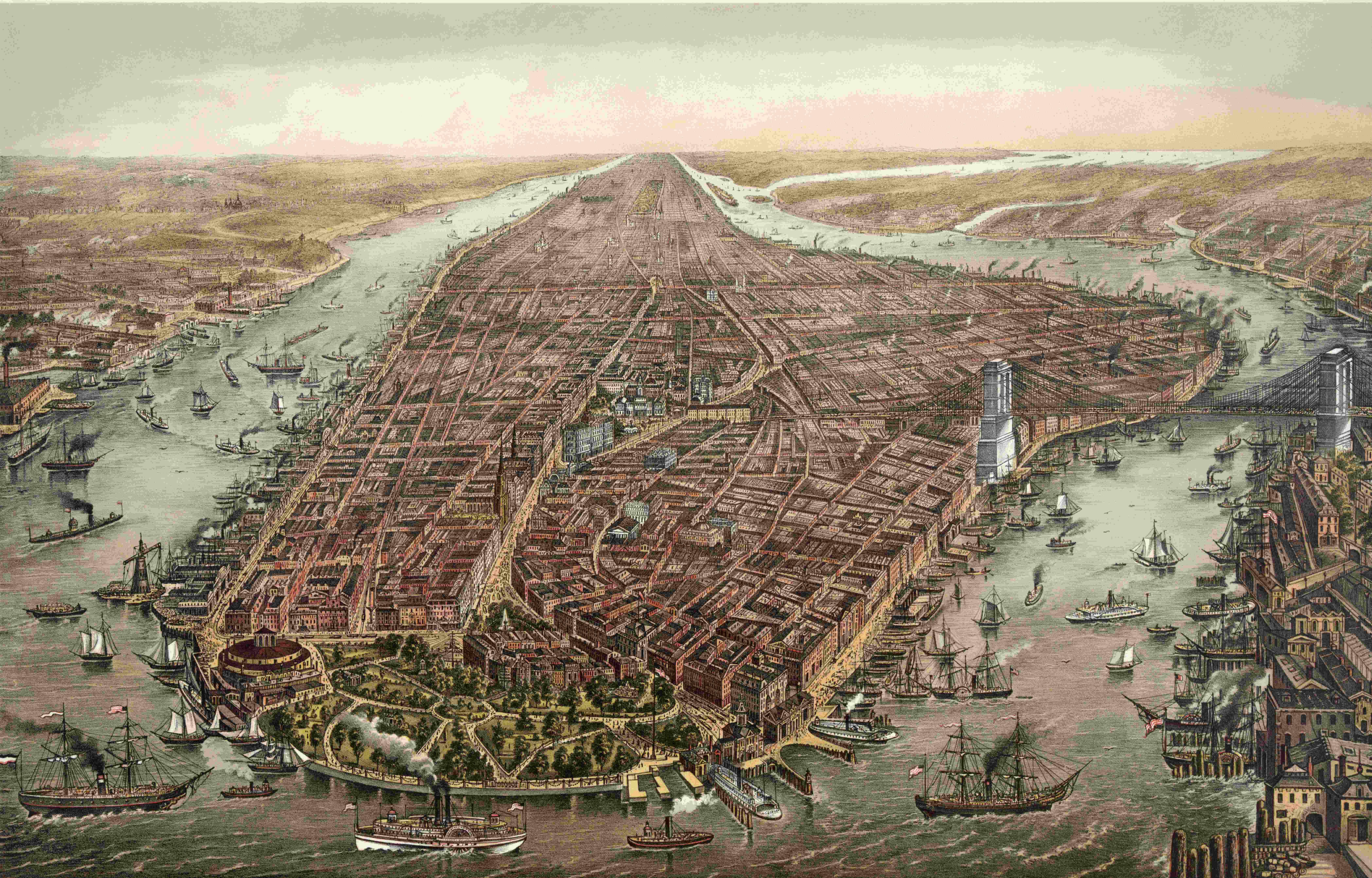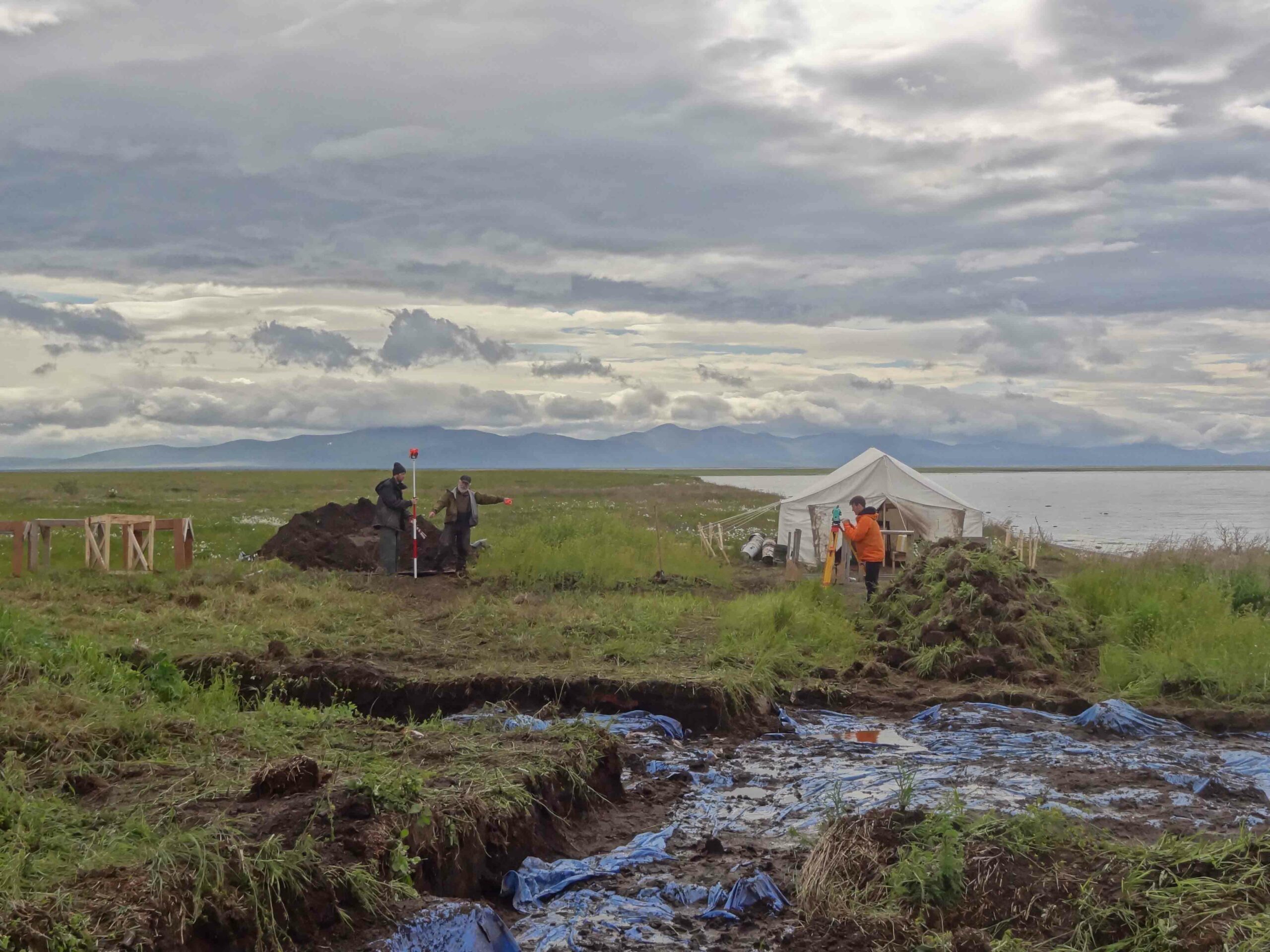
STANFORD, CALIFORNIA—Changes in tools made by prehistoric peoples often appear in the archaeological record in incremental bursts, thought of as “cultural explosions.” A computer model created by Marcus Feldman, Oren Kolodny, and Nicole Creanza of Stanford University reproduces patterns of creativity observed in the archaeological record as the result of spontaneous innovations, responses to new technologies, and the combination of existing technologies, rather than as a response to external events. “It was insightful to realize that tools can create ‘ecological niches’ for other tools to fill. Once you invent something like a raft, it paves the way for the invention of a paddle that’ll allow you to manipulate it, tools that will help you mend it, and eventually also new technologies for offshore fishing or transport of things,” Kolodny said in a press release. When knowledge is concentrated in a specialized subset of a population, it becomes more vulnerable, and may be lost. Changes in the environment and migration to a new environment can also cause the loss of tools. “Our model demonstrates that these ‘explosions’ could also be a feature of cultural evolution itself, as long as some innovations are dependent on others,” Creanza said. To read about the oldest known stone tools, go to "The First Toolkit."











